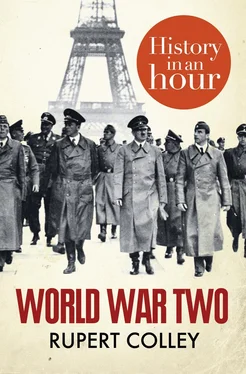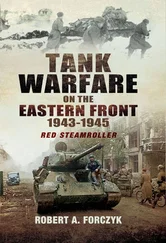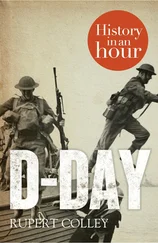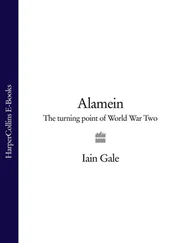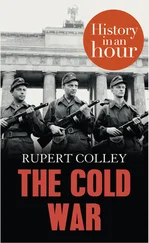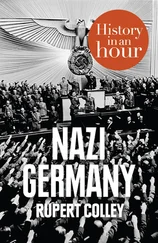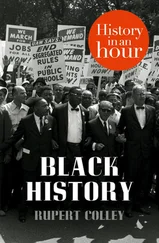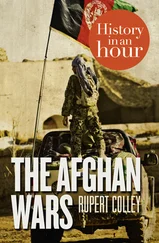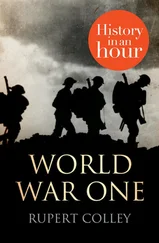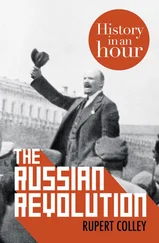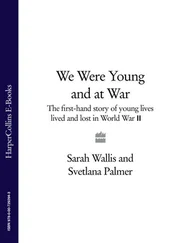Despite the Nazi-Soviet Pact of August 1939, Hitler’s intention was always to invade the Soviet Union. It was, along with the destruction of the Jews, fundamental to his core objectives – lebensraum , or living-space, in the east and the subjugation of the Slavic race. This was meant to be a war of annihilation – Russia’s non-signing of the Geneva Convention legitimized, in Hitler’s view, the enforcement of ‘executive measures’ in occupied territories. Despite the vastness of Russian territory and manpower, Hitler anticipated a quick victory, hence the lack of provision for winter uniforms. ‘You have only to kick in the door,’ said Hitler confidently, ‘and the whole rotten structure will come crashing down.’ Two tons of Iron Crosses were waiting in Germany for those involved with the capture of Moscow.
The Soviets’ dismal display against the Finns was proof to Hitler of their military weakness – but Hitler underestimated the Russian ability to learn by their mistakes. He believed that the Russian population would welcome his troops and in many places they did, but instead of harnessing this allegiance, the Germans’ brutal methods soon alienated these potential collaborators. He also underestimated the Russians’ determination and tenacity; determination that would have existed even without Stalin’s infamous ‘Not one step back’ directive of 28 July 1942, ordering execution for the slightest sign of defeatism. Behind the Soviet front lines roamed a second line ready to shoot any retreating cowards or ‘traitors of the Motherland’. As Georgi Zhukov, one of Stalin’s top generals, said: ‘In the Red Army it takes a very brave man to be a coward.’
Stalin’s spies had forewarned him time and again of the expected attack, but he refused to believe it. He strenuously forbade anything that might appear provocative to the Germans, even allowing the continuation of Soviet food and metal exports to the Germans, as agreed in the Tripartite Pact, and forbidding the evacuation of people living near the German border and the setting up of defences. So when, at 4 a.m. on 22 June 1941, Operation Barbarossa was launched with over 3 million Axis troops along a 900-mile front, progress was rapid. The date was significant: it was exactly 129 years since Napoleon’s ill-fated attack on Russia. Within the first day, one quarter of the Soviet Union’s air strength had been destroyed. By the end of October, Moscow was only sixty-five miles away, over 500,000 square miles of Soviet territory had been captured, and as well as huge numbers of Soviet troops and civilians killed, 3 million Red Army soldiers had been taken prisoner of war, and, unlike in the west, the rules of captivity held no meaning for the Germans. A large percentage of Soviet prisoners of war died of malnutrition, disease and brutality.
Конец ознакомительного фрагмента.
Текст предоставлен ООО «ЛитРес».
Прочитайте эту книгу целиком, купив полную легальную версию на ЛитРес.
Безопасно оплатить книгу можно банковской картой Visa, MasterCard, Maestro, со счета мобильного телефона, с платежного терминала, в салоне МТС или Связной, через PayPal, WebMoney, Яндекс.Деньги, QIWI Кошелек, бонусными картами или другим удобным Вам способом.
